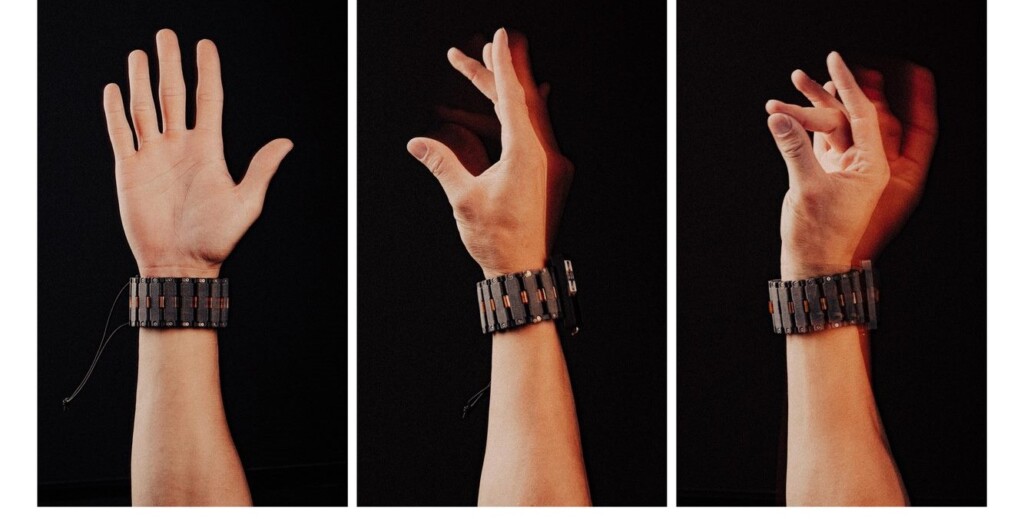This Bracelet from Meta Translates Hand Movements into Computer Actions
July 28, 2025

A very sci-fi invention has been introduced by engineers from Facebook’s parent company that translates hand gestures into computer actions.
This includes fine motor movements like dotting a lowercase i, and translating handwriting into computer text is something the interface is particularly good at.
Designed inside Meta’s Reality Labs, it’s one of the first major offerings from the in-house moonshot department since the collapse of the company’s “Metaverse” concept which was once expected to “define the future of social connection” according to CEO Mark Zuckerberg, who renamed his company in its honor.
The Metaverse ended up being less of a future-defining technology and more like a damp squib, with the Reality Labs division of Meta losing $14 billion in 2022 and $15 billion in 2023.
Reality Labs was on the chopping block during Meta’s Year of Efficiency, with perhaps as many as 10,000 layoffs taking place in advance of a direction shift to what almost anyone would admit is a more exciting and marketable business direction: stuff that looks like it’s from Star Trek.
The device can translate the electrical signals generated by muscle movements at the wrist into computer commands without the need for personalized calibration or invasive procedures. The bracelet slips on and off as easily as, well, a bracelet.
Technical engineers Patrick Kaifosh and Thomas Reardon who oversaw its development then used deep learning to create generic decoding models that accurately interpret the muscle movements across different people without needing individual calibration, and the more participants who used it, the more accurate the deep learning decoding model became.
MORE HUMAN-COMPUTER INTERFACES:
However, accuracy and performance was then further increased with personalization, offering a recipe for building high performance biosignal decoders for many applications.
The bracelet works on a Bluetooth connection, and among the various tasks it proved capable of carrying out, its translation of human handwriting movements into text could be done at a speed of 20.9 words per minute, around 16 fewer than the average mobile phone user’s speed.
As to exactly who benefits most from the device, a variety of disabilities and paralysis situations immediately come to mind, as well as the obvious benefits for below-the-elbow amputees, or someone using multiple computers and/or monitors at the same time.
WATCH the bracelet in action below…
SHARE Meta’s Cool New Gismo With Your Friends Who Love Future Tech…
Search
RECENT PRESS RELEASES
Related Post



